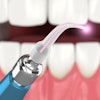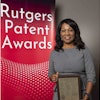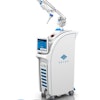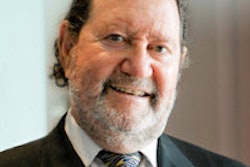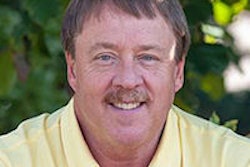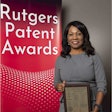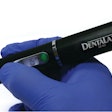Charles H. Townes, PhD, died on Tuesday in Oakland, CA, at the age of 99. Townes and two Russians shared the Nobel Prize in Physics in 1964 for their work on masers (microwave-emitting devices) and their successors, lasers (light-emitting devices).
Long a staple in dentistry and medicine, lasers have evolved from curiosity to an ever-present factor in everyday life and practice.
According to the New York Times, Dr. Townes developed radar bombing systems and navigation devices during World War II, advised presidents and government commissions on lunar landings and the MX missile system, verified Einstein's cosmological theories, discovered ammonia molecules at the center of the Milky Way, and created an atomic clock that measured time to within one second in 300 years during his career, which spanned six decades.
Townes authored more than 125 scientific papers, the book Microwave Spectroscopy (1955, with Dr. Schawlow), and two memoirs, Making Waves (1995) and How the Laser Happened: Adventures of a Scientist (2002).
His accolades included dozens of honorary degrees, the 1982 National Medal of Science from President Ronald Reagan, and the 2005 Templeton Prize for contributions to spiritual understanding.
Townes retired from UC Berkeley in 1986 but continued to come to campus daily until last year, continuing to work in his office. Nicholas Dirks, UC Berkeley chancellor, said last year on a celebration of his 99th birthday that Townes was a great teacher, researcher, and public servant.
"As we celebrate this 99-year milestone and a career spanning nearly 80 years, we can only be impressed by the range of his intellectual curiosity, his persistence, and his pioneering spirit." Dirks stated in a UC Berkeley press release.
